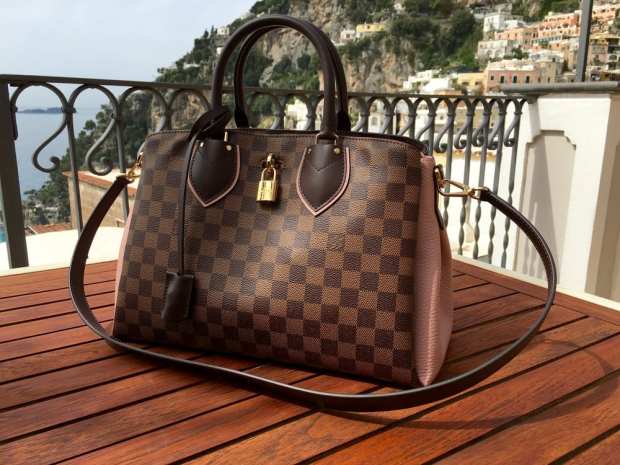Authenticating Luxury Goods, Remotely And Reliably

There is no shortage of online marketplaces for consumers seeking luxury goods, slightly used. The challenge, however, is knowing they are actually getting the real deal. Counterfeiting is a thriving global business that is expected to rake in around $1.8 trillion by the end of 2020. That’s a massive number, and one that represents the near-ubiquity of counterfeit goods, even on well-known and well-established marketplaces.
There are consumers, of course, who are unopposed to buying a good fake, and who will even seek out a knockoff Gucci or Prada bag on the streets of major American cities. But a customer who sought out a real designer apparel or accessory item, and who paid the still-steep sticker price for those used items, will be distinctly dissatisfied if a forgery shows up in the mail a few days later.
Marketplaces that specialize in reselling luxury items – like Poshmark ,TheRealReal and StockX – have invested heavily in authentication procedures to make sure that what is advertised as luxury or designer on their site actually delivers on that promise. All three sites have authentication programs, so that before an item can be listed on the marketplace, it must be shipped to the marketplace to verify its legitimacy. StockX looks to make that even easier by offering drop-off locations and some physical stores where consumers can get same-day, in-person authentications.
And while that can solve for the consumer side of the marketplace, it is a cost on the seller side. Many of these marketplaces deal with sporadic or one-time sellers who are not looking to make a business of this, and are easily scared off by stutter steps in the process, like having to send an item out to be authenticated. Those sellers will likely head to a different marketplace with lower authentication standards. Accounting for this, sites like Poshmark have created a floor for authentication, applying only to items selling for over $500. For items below that threshold, the additional step is removed.
This, of course, creates an opening for those selling fraudulent designer goods with a lower price tag – think sunglasses and other smaller accessories – to sneak onto a trusted platform. And, as consumers have learned in the last several years, “trusted” is a relative term. The buyer not only has to trust that the seller is offering up a real item, they also have to trust that the authenticating marketplace knows what they are looking at.
A few years ago, TheRealReal got into some trouble when it came to light that some employees authenticating designer apparel were merely copywriters who had been handed a checklist of things to look for.
Those frictions and flaws in the luxury goods authentication process led Japan-based resale marketplace Mercari to launch its first authentication service – called Mercari Authenticate – that allows customers to remotely verify the legitimacy of their goods via a series of comprehensive photos that can be uploaded through the Mercari app. Users cannot simply upload existing photos from their smartphone’s memory – photos must be taken live from within the app, which displays specific instructions and timestamps to prevent customers from using photos of bags other than the one they’re selling.
From there, according to Brad Williams, director of communications at Mercari, products can be authenticated via a third-party team and approved (or not) for sale on the marketplace in about 48 hours, as opposed to the week it takes when physically sending the product.
The design of the authentication process, according to Mercari, aims to improve both the buyer and seller experience by improving consumer trust without creating a lot of extra work for the merchant.
But some have their doubts as to whether picture-based remote authentications are really up to the task of verifying certain luxury goods. Things like the weight, feel, texture and even smell are relevant in determining whether a product is the real deal, and none of those things can be gauged in a photograph.
But Mercari maintains that there is no loss in the quality or thoroughness of the authentication process by doing it remotely. Moreover, they claim that their authenticators will only pass an item if they are certain it is real; if they can’t tell from the picture, it doesn’t go through. Plus, on the off chance that a fake does sneak past, customers are guaranteed to get their money back.
The authentication service was free for merchants through the end of 2019 – but starting this year, there is a $15 fee per item sold. But, according to Mercari, it is $15 well-invested, as customers are already showing a strong preference for authenticated goods – though the company is not yet ready to release the numbers.
